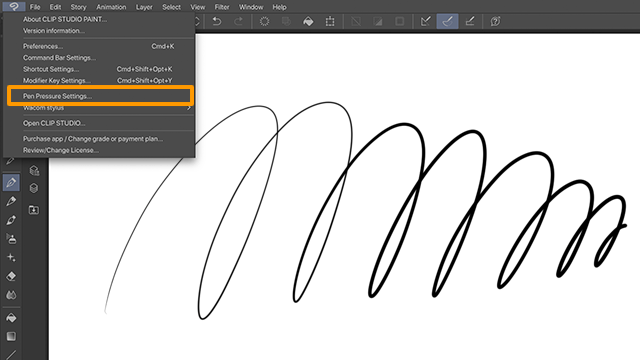Perspective 1.0 - what is Perspective and why it matters
Perspective Series. Episode 1.0
What is perspective and why it matters?
In graphic arts, it is the way you perceive and represent the illusion of depth on a 2d plane. When you look at a painting, you can tell how far away each object is, and their relative positions, despite the fact that it's all flat on the canvas.
Perspective is a system, or sometimes even, a science, of simulating three-dimensional objects on a two-dimensional surface. It is the portrayal of objects in the way the human eye sees them.
Perspective unifies space. And that's why it's marvelous. That’s also why people have been striving to understand how it works.
It is a vital part of artworks, where the masters try to maintain the sense of a real spatial environment. There are certain laws of perspective that need to be followed in order to show the depth of the image correctly.
Perspective takes into account:
the form and the structure of the represented body
the distance between the represented body and the observer
In graphic arts, there are two major types of perspective:
Linear and atmospheric perspective.
---Linear perspective (or point-projection perspective) is a technique of creating an illusion of depth by depicting distant objects smaller than near objects. Linear perspective is a natural change of the scale.
Tree A appears smaller than Tree B, although they are the same size.
The size of the object is still the same, but the scale changed because of the perspective.
---Atmospheric perspective (also called aerial perspective) is a technique of creating an illusion of depth by showing distant objects fainter, with less contrast and less details, than near objects.
The tree in the background - Tree B - appears lighter and hazier than Tree A. It also has less details.
Another example of your view being influenced by aerial perspective is the view of the mountains, when the far away mountains look as if they were covered by mist. They will even appear bluish, because atmosphere influences tones of the colors.
To oversimplify,
Linear perspective is about lines and sizes. It is what you need to draw architectural structures, cities, houses.
Atmospheric perspective is for rendering realistic depictions of nature. It deals with tones and forms.
But although I make this distinction, both of these perspectives are paramount to depict a realistic environment.
More in detail on each of them in the next episode.
















Comment